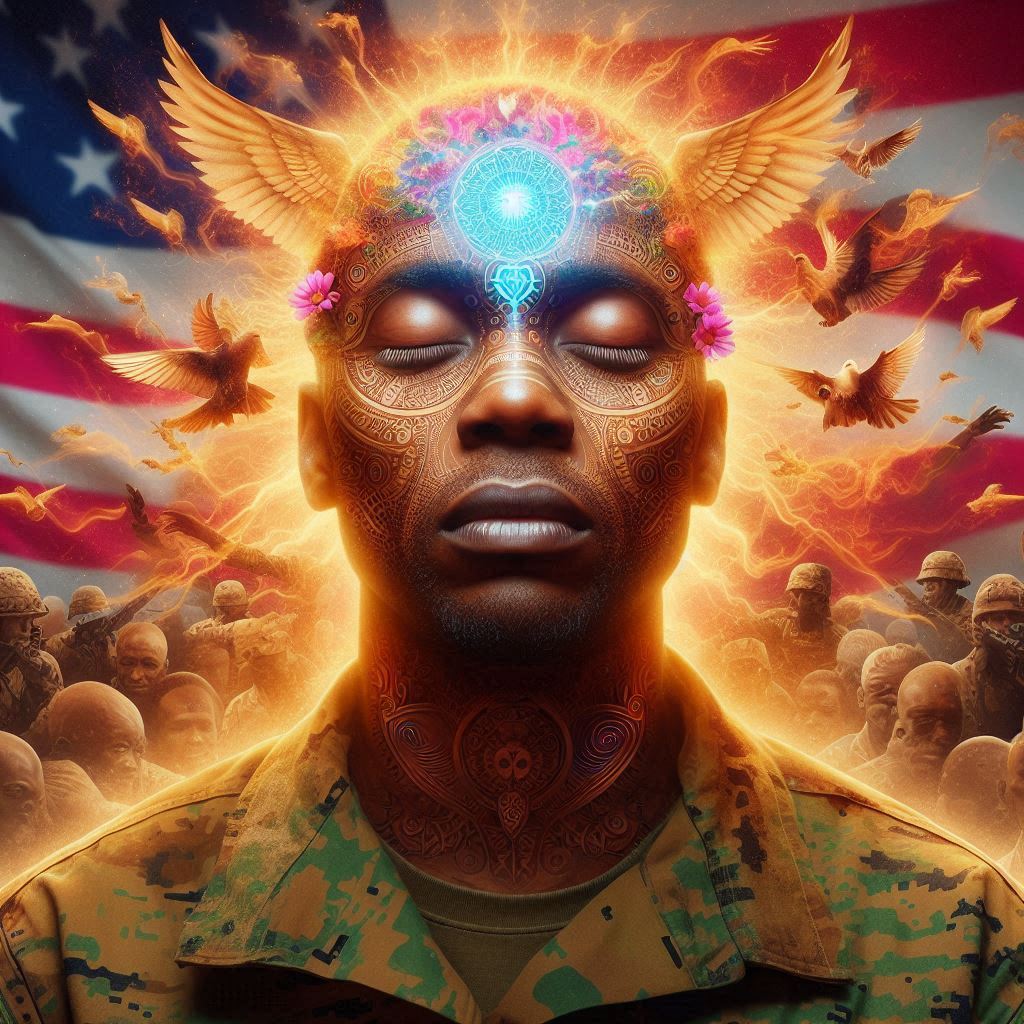Protected: From Combat to Communion

Recommend0 recommendationsPublished in Entheogens aka Psychedelics, The Metaphorical Cooking Pot with Anders Beatty
Subscribe to Awake Events & Posts

Subscribe to Awake Events & Posts
Please confirm you want to block this member.
You will no longer be able to:
Please note: This action will also remove this member from your connections and send a report to the site admin. Please allow a few minutes for this process to complete.